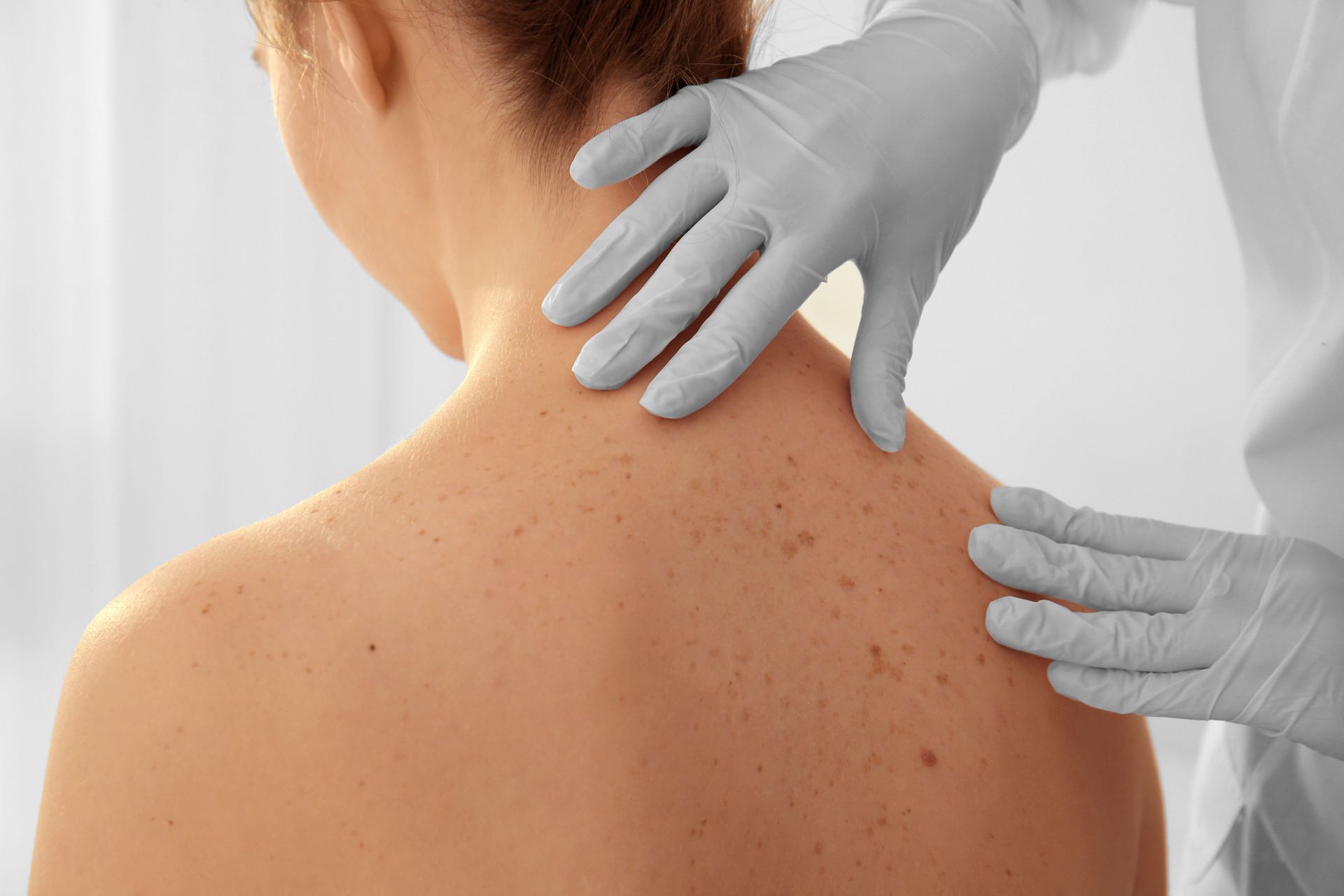Coping with Peeling Skin After Radiation
Gentle Steps to Soothe, Protect, and Support Healing
Peeling skin is a common side effect for patients undergoing radiation therapy. While it’s a sign that your skin is trying to heal, the process can be uncomfortable and even painful if not cared for properly. With the right approach, you can protect your skin, ease irritation, and encourage recovery.
Why Peeling Happens
Radiation weakens healthy skin cells in the treated area, slowing down the skin’s ability to renew itself. As damaged cells shed, peeling and flaking occur—sometimes alongside redness, tenderness, or itching.
Be Gentle with Cleansing
Use only mild, fragrance-free cleansers and avoid scrubbing or rubbing the area. Pat your skin dry with a soft towel to prevent further irritation.
Keep the Skin Hydrated
Moisturizing is essential to restoring comfort and preventing cracks or infections. Choose a rich, non-irritating cream or ointment that helps reinforce the skin barrier. Apply multiple times daily as recommended by your care team.
Protect Against Infection
Peeling skin can leave delicate areas exposed. Keep the treated area clean, avoid picking or pulling at flakes, and cover with breathable, non-stick dressings if advised by your medical provider.
Clothing and Lifestyle Tips
Loose, soft clothing made from cotton or bamboo can help minimize friction. Stay out of direct sun, and avoid swimming pools or hot tubs until your care team confirms it’s safe.
Support from Kureology M.D.
At Kureology M.D., we create skincare designed specifically for patients managing radiation burns, peeling, and irritation. Our products are formulated to hydrate deeply, calm inflammation, and protect fragile skin without harsh ingredients—helping you through each stage of treatment and recovery.





Share On: